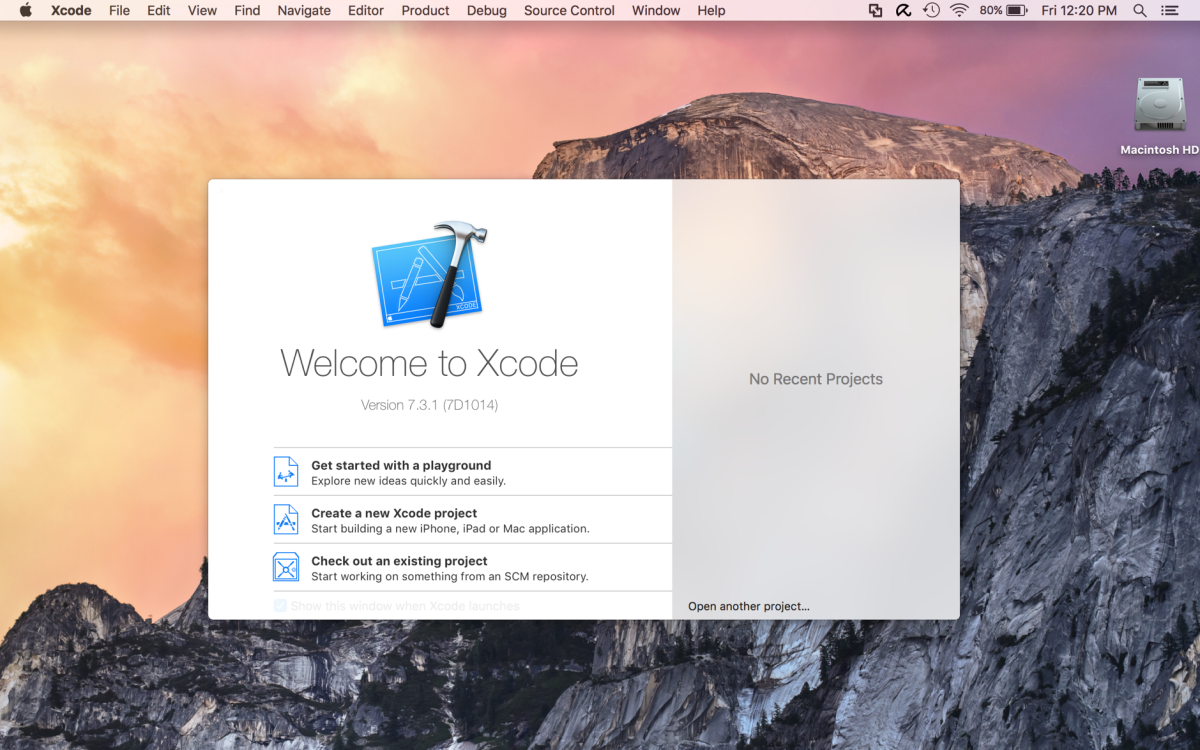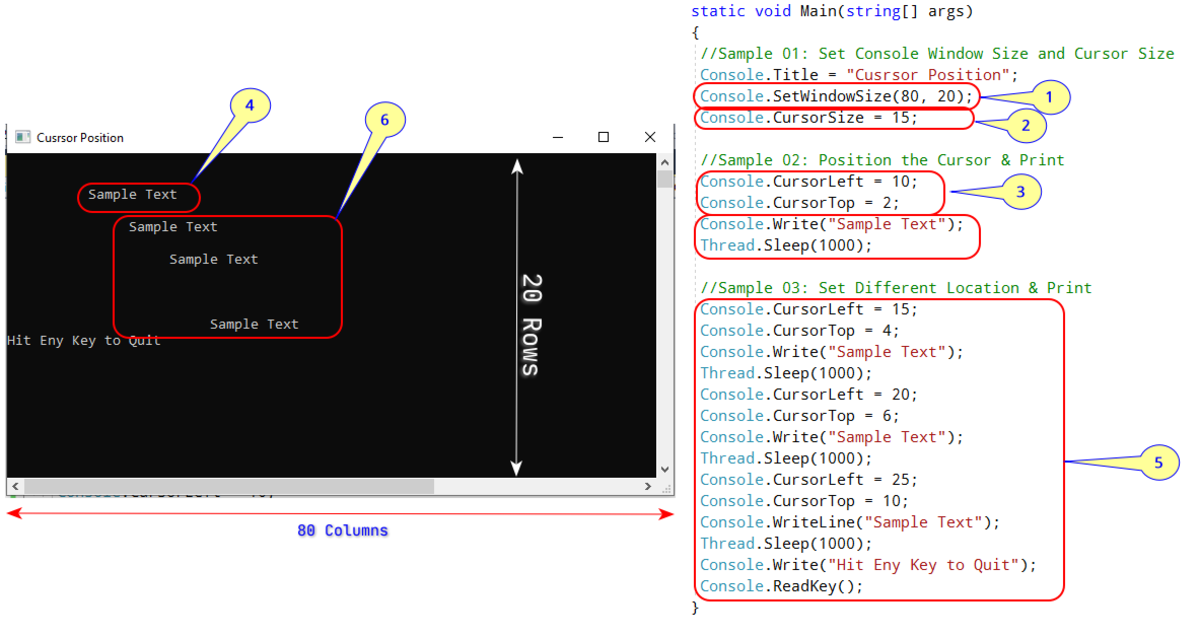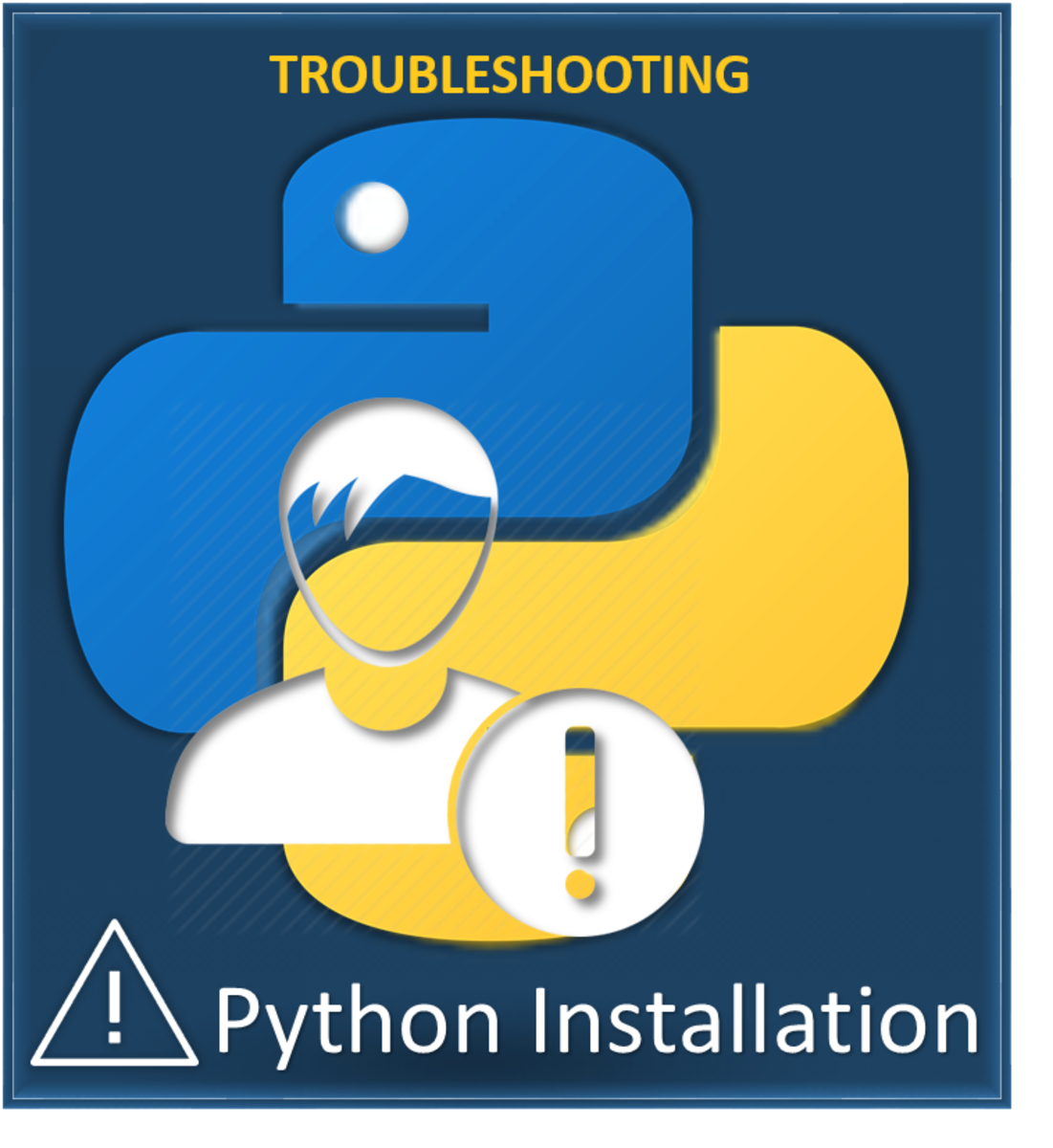- HubPages»
- Technology»
- Computers & Software»
- Computer Science & Programming
List of Popular Web Design and Development Languages

Have you heard of HTML, CSS and JavaScript before? If you are into web design or web development, these are likely the three you started learning first. However, do you know what the other popular web development languages are?
1. HTML
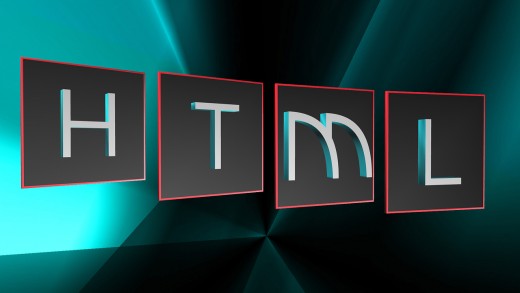
HTML stands for Hypertext Markup Language. HTML is the backbone of a website coding, and one of the most common website codes. It's like the skeleton of a website.
With HTML you define what elements the page has, such as a header, a body, footer and everything between. This language uses the method of adding tags to create the page structure. The tags are used to communicate with browsers and explain how it should display the text and graphic content within the file.
Hypertext Markup Language was developed in 1990 by Tim Berners-Lee.
You can usually view a pages source code by right clicking and viewing source code, this will show the HTML.
Notice there is usually an opening and closing tag.
2. CSS

CSS stands for Cascading Style Sheets. This coding language was developed in 1997 and was intended to provide more options when it came to web development, in order to create a better looking website.
CSS is what makes HTML look good, like adding skin and makeup to the skeleton (HTML). With CSS, you describe how the elements will look, even how the images and content is positioned.
For example, style sheets tell the browser you want an image aligned to the left, while the text is centered, but aligned right. Maybe you want the page background to be black, with lime green font? You would make this happen using CSS. It is generally used with HTML, XHTML, and XML.
3. JavaScript
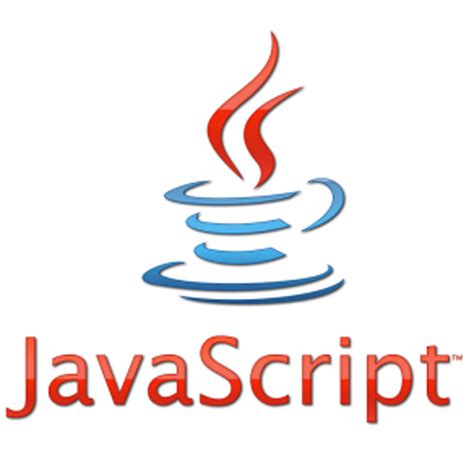
JavaScript was developed in 1995 by Brendan Eich and was first introduced in the Netscape 2.0 browser as “LiveScript”. However, it was soon renamed JavaScript when released in Netscape 2.0B3.
JavaScript is a dynamic web programming language that can be used with client sided scripts to make a web page interactive with the user. It can allow users to control different parts of their browser by communicating with it. JavaScript can also be used with server-sided scripts for game development and other things.
JavaScript is not to be confused with Java. JavaScript uses some of the naming conventions from Java, but it is otherwise very different. The syntax for JavaScript was influenced by the C coding language (more on this below).
4. AJAX
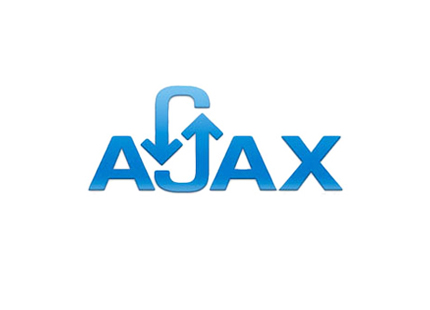
Ajax stands for Asynchronous JavaScript and XML, it was introduced in the 1990s within small developments. Ajax is a client-sided programming language that is used for sending and receiving data from the server. It operates in the background so it does not bother the user's experience with the page.
Another way to picture Ajax in action is Google Maps, you can zoom in, out, move it around, search for certain areas all without having to wait for the page to reload, and the map loads very quickly. This is because Ajax allows the ability to load certain data within a page, without the user having to reload the whole page every time.
5. PHP
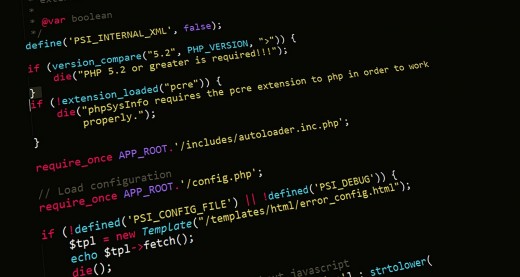
PHP is a popular server-sided programming language. It was developed in 1995 by Rasmus Lerdorf for web development, but it also has other abilities. PHP originally stood for “Personal Home Page”, but now stands for “PHP: Hypertext Preprocessor”.
PHP uses commands that can be used within HTML code, this is helpful as it can help speed up both the front end, and website coding. For example, a section of HTML such as the header, or footer tags can be placed within a PHP file, then called when needed. This allows the developer to write one small piece of code that will call a whole section that may be used on multiple pages. When changes are needed to that section, it only requires editing one file instead of many page files.
6. C#
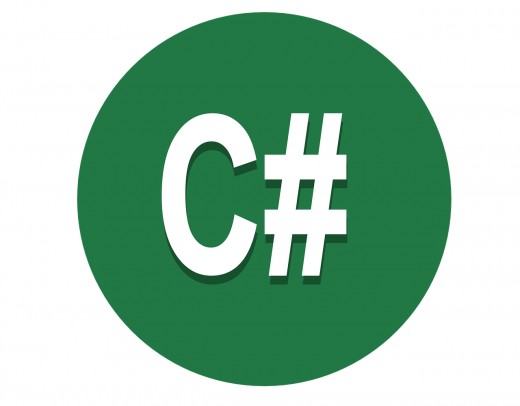
C# (pronounced C-Sharp) is another object oriented programming language. It is used to create various applications, including:
- CommandLine Utilities
- Desktop Applications
- Windows Services
- Website Coding
- And more
Microsoft began developing C# in 1999, and released it within the .NET framework in 2000.
C# was developed to use similar syntax as C++, this allows C programmers and developers the ability to use .NET and common language runtime.
C# can be used for web based, and GUI based applications. Mainly used on Windows systems, but some things can be done in connection with Linux.
7. PEARL
PEARL stands for Process and Experiment Automation Realtime Language. PEARL is a programming language that was developed with multitasking and realtime programming in mind. PEARL was introduced in 1977, the most recent version is PEARL-90 and was standardized in 1998.
PEARL can handle both fixed-point, and floating-point numeric values. It can also support character string data, bit values, and more like multidimensional arrays.
Not to be confused with Perl, which is a completely different programming language developed in 1987 by Larry Wall. It's a high level general purpose programming language and used mainly for developing Web apps.
8. Python
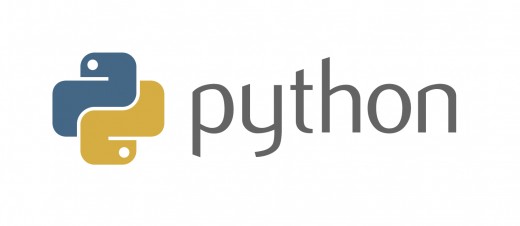
Python is a high level programming language designed by Guido van Rossum and developed by Python Software Foundation. It was first introduced in 1991.
Python was developed with the concept of reading the code easier. The syntax behind Python allows programmers to write less lines of code compared to doing the same thing in C programming language. Python can be used on both a small, or large scale project.
Python is frequently used for a scripting language, however it can be used for many things such as non-scripting contexts. Python can also be used with 3rd party tools to increase possibilities!
9. Ruby Programming Language

Developed in 2003 by David Heinemeier Hansson, Ruby on Rails is another open source programming language. Over the years, many businesses have began using Ruby on Rails, such as Shopify for example.
Ruby is also known as Ruby Programming Language, which is used by programmers to write web frameworks. It collects information via web server pages, and interacts with databases to gather information.
Keeping convenience in mind, Ruby allows programmers an easier way to build websites and applications in certain situations. If you're interested in learning more about Ruby, check out rubyonrails.org.
10. ASP.net
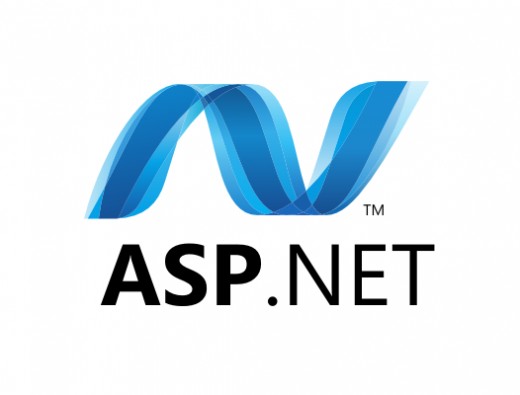
ASP stands for Active Server Pages, it was developed by Microsoft and the first stable release was February 2000. It is also known as “Classic ASP”, which was the first server-sided scripting engine developed by Microsoft that was meant for dynamic generated web pages.
When you see a URL that ends with .asp it uses ASP, however many sites disguise this to protect the site from attacks. Pages using ASP.NET run off the .NET framework which makes sites faster and more ideal for larger websites that get a lot of traffic.
Many ASP programmers use VBScript to do their website coding, however others are available. If you're interested in learning ASP, it's a good idea to be familiar with HTML/XHTML and have prior knowledge of programming languages like JavaScript.
Have you used any of these codes before?
This content is accurate and true to the best of the author’s knowledge and is not meant to substitute for formal and individualized advice from a qualified professional.
© 2014 Billy Haynes


